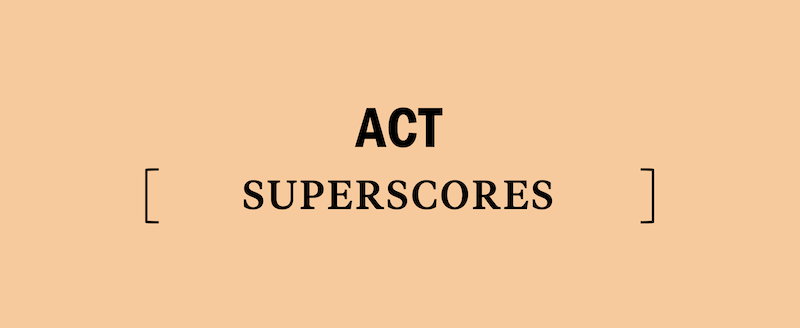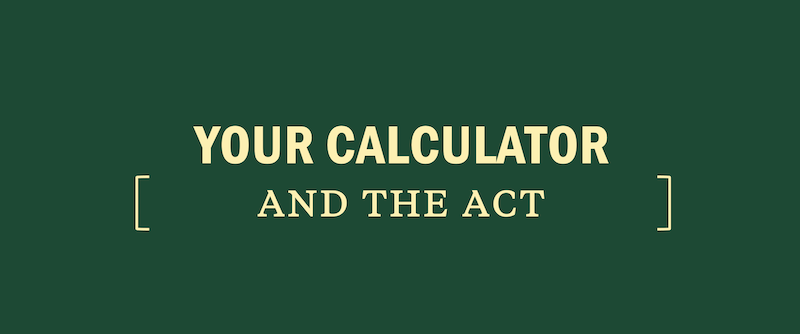ACT Reading: Implications, Inferences and Vocab-in-Context
On the ACT Reading, “inference” questions ask you to make a reasoned judgment about the passage that goes beyond the material on the page. An “implication” is an idea that an author will suggest but not state directly; inference questions test your ability to spot the author’s implications without straying too far from the text.
We make inferences all the time during everyday conversations, but our casual inferences are often riddled with unsubstantiated leaps in logic. For example, if I told you that my lawn was wet, you might infer that it rained last night. This seems like a fair inference, but there are other logical reasons for my lawn being wet–I could have watered the lawn or perhaps a neighbor was washing his car and sprinkled my lawn. More information surrounding my original sentence might lead me to conclude that it rained last night, but from the simple statement “my lawn is wet,” I can only infer that my lawn is not dry.
The ACT inference questions will often offer you some tempting answers that infer too much information. Beware of these choices–they are the most common pitfalls for students.
What do inference questions look like?
Before diving into an example, let’s make sure you know how to spot an inference question. Most inference questions are characterized by the words suggest, infer, or imply. They might look something like this:
What might be inferred by the final paragraph?
The author implies that the frontiersmen quickly packed because…
By revealing the results of the scientific study, the author suggests…
Inference Practice Question
Let’s look at an inference practice question. What follows is the first paragraph of the passage, which is all you need (at most) to answer this inference question.
It might be easy to think of the Supreme
Court of the United States as a distant and
mechanical law-judging body, far removed from
the people it serves. The career of a Supreme
(5) Court Justice is, in fact, serious business, as the
Supreme Court heads the judicial branch of the
U.S. federal government and is the highest
judicial body in the United States. The evening
news or daily paper might give us a glimpse of
(10) some stately figure dressed in a long black robe,
pounding a gavel on a shiny wooden desk. We
might see stern-faced Supreme Court Justices
and think of them as the demigods of the U.S
political system, but the truth is that the nine
(15) justices of the Supreme Court are also people,
just like we are, who work hard to get their jobs
and do the work that they know and love. The
hiring and retiring process, however, is unique
in that justices are appointed for life, and this
(20) aspect of the Supreme Court Justice job
description has both its positive and negative
impacts on the U.S. judicial system.
What does the author of the passage mean when he suggests that some people might think of the Supreme Court as a “distant and mechanical law-judging body?” (lines 2-3)
A. Some people incorrectly assume that the Supreme Court is an impersonal collection of individuals.
B. The Supreme Court is located in a geographically remote location, far away from most American citizens
C. The Supreme Court relies too much on machines to make its most important decisions.
D. If we did think of the Supreme Court in this way, perhaps we would be more sympathetic with our judicial system.
Explanation
Our first step, as always, is to locate the line and read a little before and after it; in this case, we can only read after the line it is part of first sentence. We are supposed to analyze the author’s description of the Supreme Court as a “distant and mechanical law-judging body.” If we at first have a hard time contextualizing the adjectives ‘distant’ and ‘mechanical,’ we should read a little after the sentence to understand what the author means, or rather, implies.
First, notice that the phrase in question describes how we “might…think” about the Supreme Court, not how we should think about it. Further, notice the author’s phrase he adds to clarify the phrase in question: we might think that the Supreme Court is ‘far removed from the people it serves.’ Finally, to really understand the author’s purpose in these phrases, examine how the author shapes this first paragraph. He begins the paragraph by describing different examples of how and why we “might” imagine the Supreme Court: we “might” imagine the Supreme Court to be a “distant and mechanical body,” and we might imagine a judge to be a “stately figure dressed in a long black robe” or as a “demigod of the U.S. political system;” ultimately, of course, the author says “but the truth is that [justices] are also people.” Only now can we fully understand the implication of that initial phrase, “distant and mechanical:” the author implies that many of us wrongly assume the Supreme Court to be a remote entity that mechanically (that is, impersonally) performs the deeds of our complex law system. A is our answer.
Notice that answers like B and C isolate the words in the phrase and interpret them literally, failing to identify the figurative meanings in the context of the paragraph. Answer choice D, while not an untrue statement, cannot be supported by the phrase in question. With inference questions, always remember to stick to the phrase, sentence, or paragraph in question.
It happens all too often on the ACT Reading Test. A student gets to a vocab-in-context question:
In line 38, the word soft means?
And immediately thinks, hey, I know this word! “Soft” is an adjective describing things like puppies’ fur and down feather pillows. It has to do with texture, having a smooth surface.
Scanning the answer choices, the student sees the following options:
A. Smooth
B. Friendly
C. Quiet
D. Angry
Our student chooses A quickly and moves on to the next question, only to find out later that A was incorrect! But how can this be?
On the ACT Reading Test, questions that ask about the meaning of specific words and phrases are called “Vocab-in-Context” questions. They are not called “Vocabulary Definition” questions. The difference is that the question tests how the word is used in context of the passage.
English words often have many meanings, common and esoteric. A commonly-used word often takes on a secondary definition within ACT passages. Do not assume that the common meaning is the correct answer; there may be several meanings you do not know. Go back to the passage and see how the word is being used in context. Here this word comes from a selection of “Romeo & Juliet” by William Shakespeare:
But soft! What light through yonder window breaks?
It is the East, and Juliet is the sun!
Is Romeo saying, “But smooth! What light through yonder window breaks?” That would not make very much sense. What is he saying is smooth?
Out of the answer choices, it is most logical that he is saying, “Be quiet!” He doesn’t want Juliet to see him in her garden, and is probably telling himself (and the audience) to shush. The context clues us in that C is the correct choice for this word. For a different passage, A might very well be the correct answer. The lesson: For ACT Reading, definition comes from context, not dictionaries.



